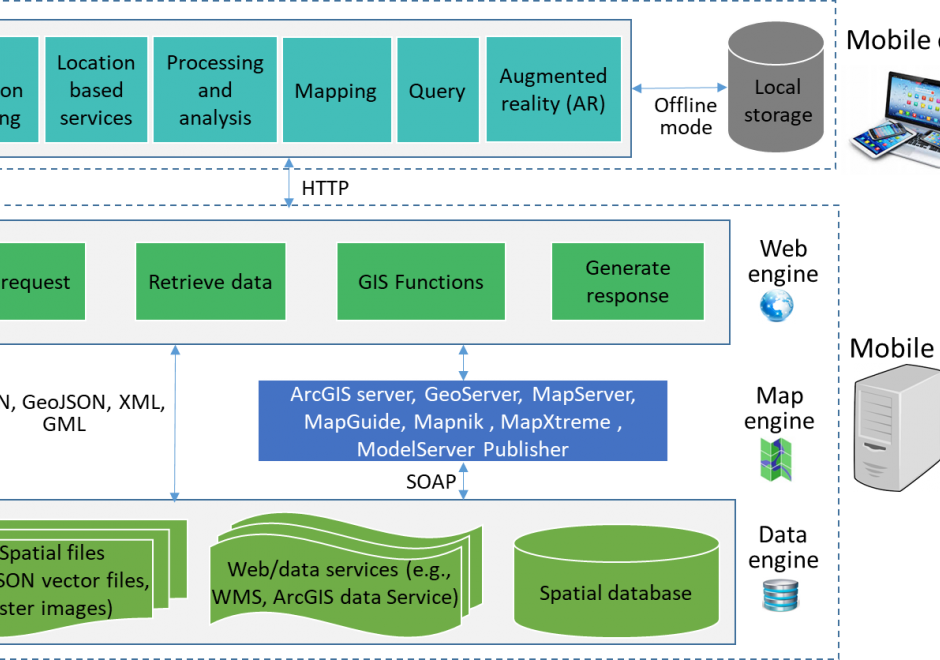KE-31 - Professional Certification

Professional Certification has been a part of the GIS enterprise for over two decades. There are several different certification programs and related activities now in operation within GIS, though there has been much debate over its merits, how it should be done and by whom.




GS-11 - Professional and Practical Ethics of GIS&T
Geospatial technologies are often and rightly described as “powerful.” With power comes the ability to cause harm – intentionally or unintentionally - as well as to do good. In the context of GIS&T, Practical Ethics is the set of knowledge, skills and abilities needed to make reasoned decisions in light of the risks posed by geospatial technologies and methods in a wide variety of use cases. Ethics have been considered from different viewpoints in the GIS&T field. A practitioner's perspective may be based on a combination of "ordinary morality," institutional ethics policies, and professional ethics codes. By contrast, an academic scholar's perspective may be grounded in social or critical theory. What these perspectives have in common is reliance on reason to respond with integrity to ethical challenges. This entry focuses on the special obligations of GIS professionals, and on a method that educators can use to help students develop moral reasoning skills that GIS professionals need. The important related issues of Critical GIS and Spatial Law and Policy are to be considered elsewhere.